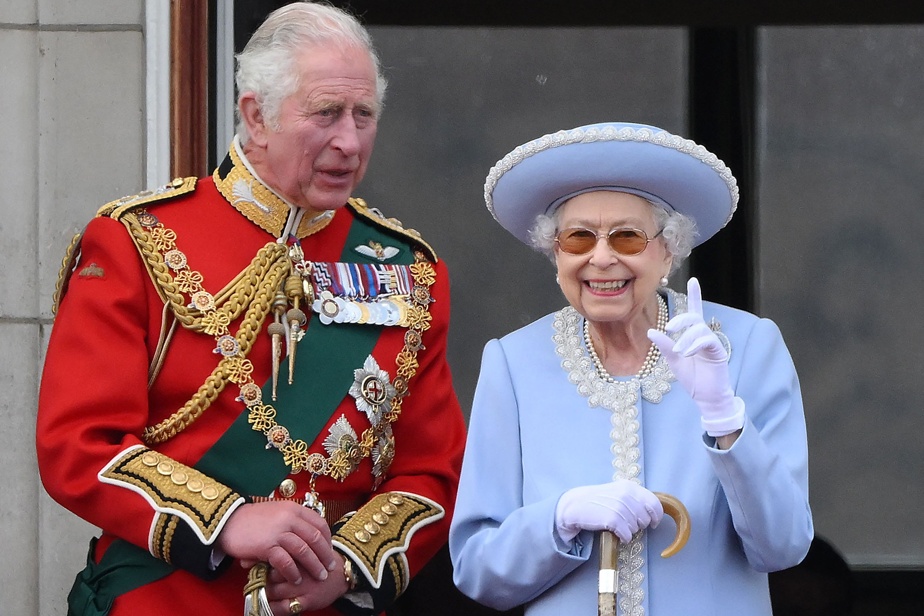Everyone knows the expression “The king is dead, long live the king”. It means in the United Kingdom, since at least the reign of Edward Ierthat there is no period of discontinuity, or interregnum, between the death of a sovereign and the accession to the throne of his successor.
Thus, at the very moment of Elizabeth II’s death, Charles III became King of Canada. Her coronation today marks the end of one era, that of Elizabeth II, and the beginning of another. The latter begins against a background of strong family friction and tension as well as the precariousness of the public image of the British monarchy. Certainly, the monarchy is weakened, but it is tenacious nonetheless.
One cannot study the history of the constitutional monarchy and its role in Canadian society today without first referring to the preamble of the Constitution Act of 1867. This states that the founding provinces of Canada expressed a desire to form a federal union under the crown of the United Kingdom of Great Britain and Ireland, and with a constitution based on the same principles as that of the United Kingdom. United. These provinces therefore opted for the monarchy, but they implicitly expressed the wish that the latter be accompanied by the principle of responsible government. Therefore, Canada is a monarchy, but it is a constitutional monarchy. In other words, in Canada, the monarch is subject to the country’s Constitution, which also establishes, albeit vaguely, the parameters of his authority.
Currently, the powers of His Majesty King Charles III with respect to Canada derive from the Constitution itself, from so-called organic laws and from royal prerogatives. The exercise of these powers is otherwise governed by constitutional conventions and usages. The legal and constitutional status of the monarchy is thus modulated by the interaction that the monarchical principle has with other principles of constitutional source and scope, such as the principle of responsible government.
Although Her Majesty is the Head of State of 15 countries, including the United Kingdom and Canada, her reign conforms to each state reality. Thus, the constitutional monarchy is not incompatible with Canadian sovereignty.
Rather, it stems, until further notice, from the will of Canadians themselves. Moreover, on the occasion of the patriation of the Canadian Constitution, the Constitution Act of 1982 came to crystallize and “enshrine” in the Constitution the functions of the King as well as those of the Governor General and the Lieutenant-Governors. With regard to the latter, it should be noted that their status at the provincial level is not fundamentally different from that of the Governor General in the federal order of government, except that their functions protocols are less extensive.
Although Lieutenant Governors are appointed by the Governor General in Council, they represent His Majesty the King for provincial purposes as well as the Governor General for federal purposes.
Moreover, note that the preamble to the Statute of Westminster of 1931 provides that the dominions covered by this law, including Canada, must give their assent to any modification of the rules of succession to the throne and the presentation of royal titles. This requirement, which however has only a contractual scope, explains why the Canadian Parliament gave its assent in 2013 to the changes made by the London Parliament to the order of succession to the throne, changes aiming, among other things, to abolish male primogeniture in the future and to allow marriages with Catholics in certain cases.
It is imperative, we believe, to recognize the undeniable importance of the constitutional monarchy in Canadian culture, values and law.
In fact, the constitutional monarchy is one of the pillars on which the Canadian Constitution rests, along with a number of other principles such as federalism, the rule of law, constitutionalism, parliamentary sovereignty, British-style parliamentarism, judicial independence, parliamentary privileges and even democracy.
Even if one admits that it is difficult to reconcile the constitutional monarchy with the democratic principle, it is not impossible. Indeed, the Head of State can legitimately be perceived as the guarantor of the rule of law and of the constitutional order and, therefore, of democracy.
It is true that Charles III is less popular than his mother was when she was alive, but it would be wrong to link the fate of the constitutional monarchy in Canada to the popularity – or lack thereof – of the sovereign. prevailing. First, because this popularity can only be variable. Then, because the constitutional monarchy transcends the monarch himself. Finally, because the constitutional monarchy is an integral part of Canadian history. It has contributed to shaping this country, to giving it its particular, original aspect, and moreover distinct from the United States, which is not nothing.
All in all, beyond the very person of Charles III is an institution, the constitutional monarchy, which constitutes one of the foundations of the architecture and structure of Canada and its Constitution. If only for this reason, it should not be underestimated.

